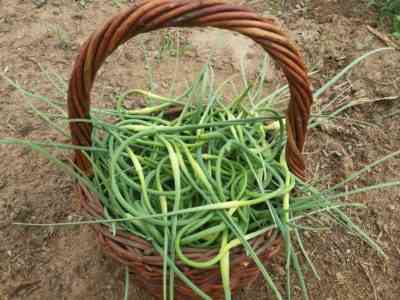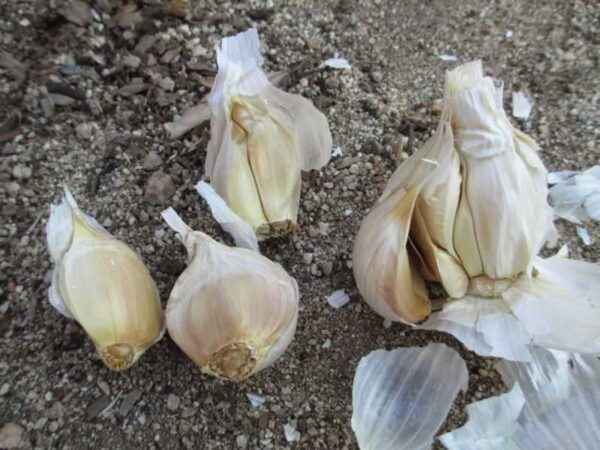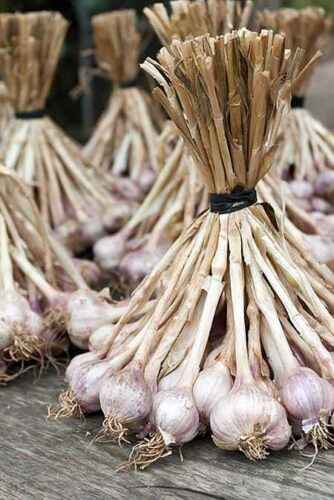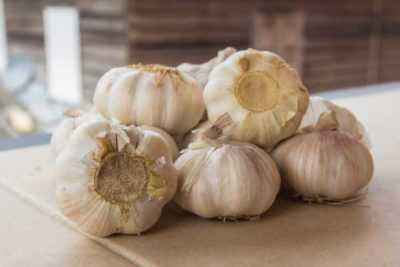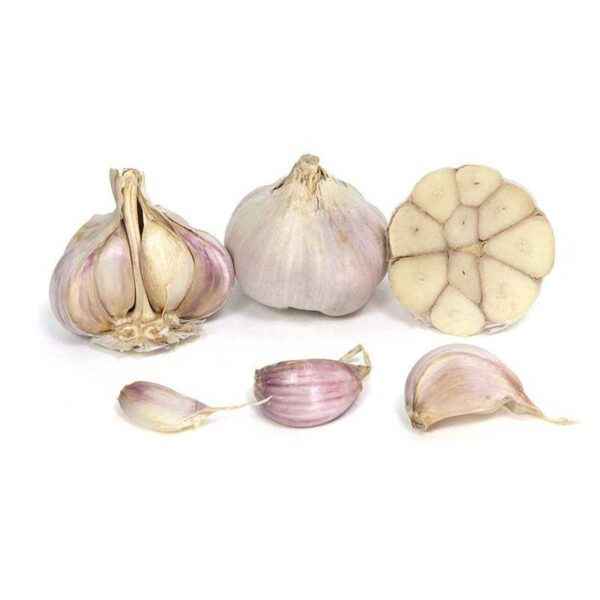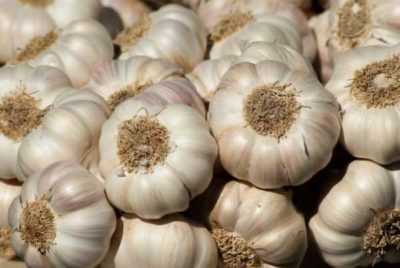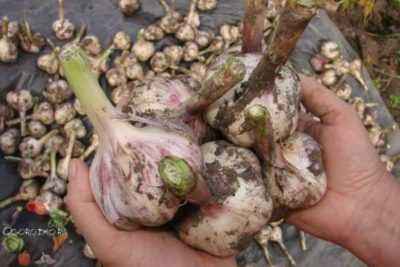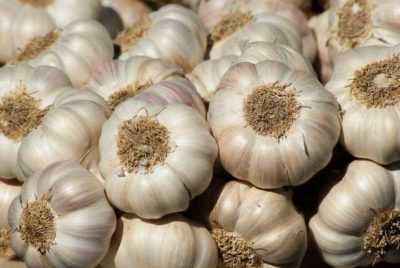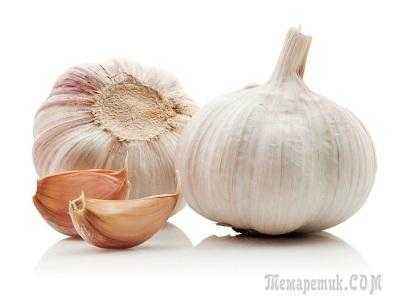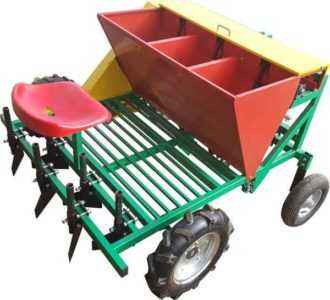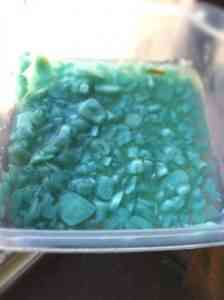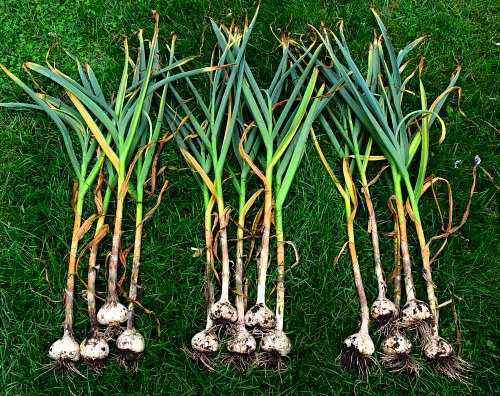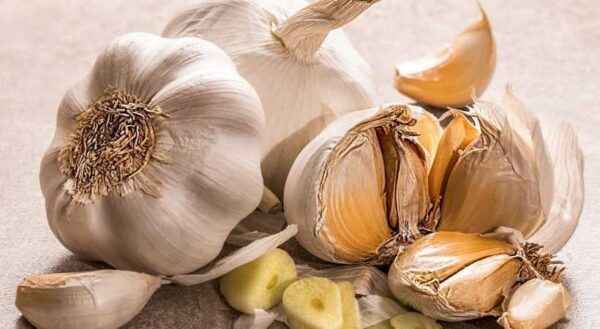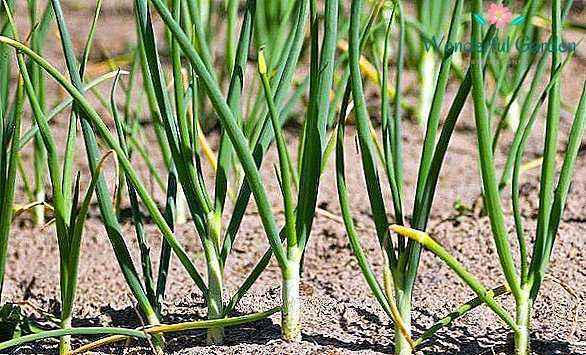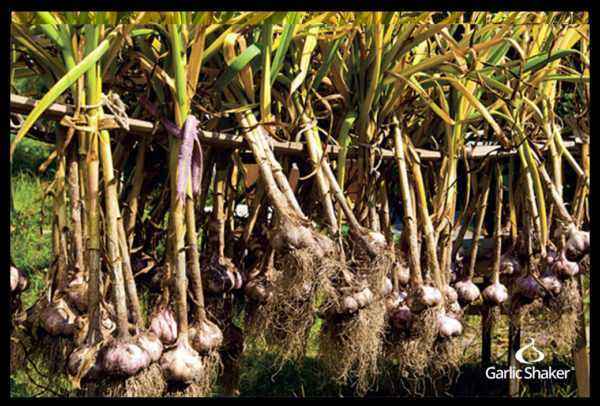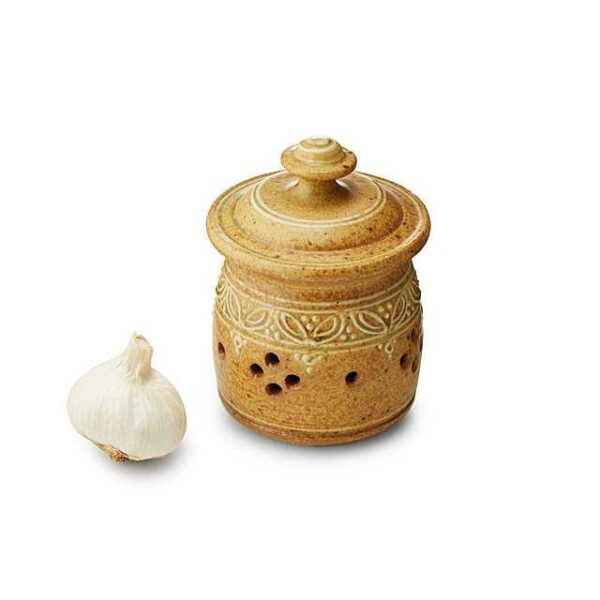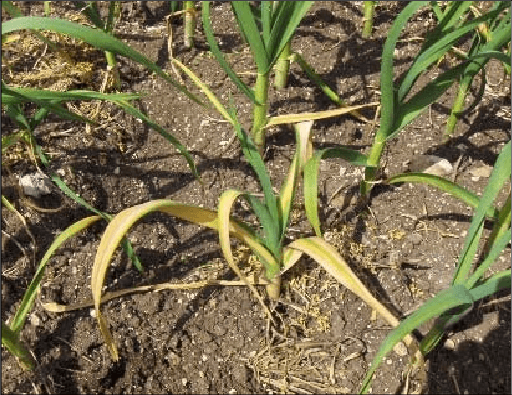The key to a rich harvest is to choose the right place for planting and carefully prepare the beds for garlic. Consider how to prepare a garlic bed for planting in the fall.
- Time to prepare
- Landing location determination
- Crop rotation <
- Soil structure
- Formation of the site
- Soil disinfection
- Green bed
- Conclusion <
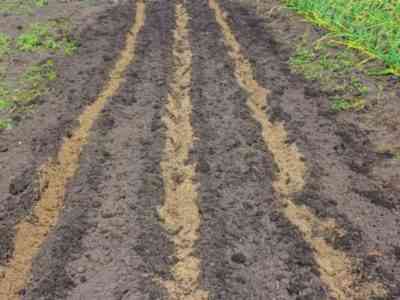
Preparing the garlic bed
Time for preparation
You need to prepare the bed 4-6 weeks before planting, immediately after harvesting the main crops on the site.
The optimal planting timeof soil in the soil is the end of September and beginning of October for central Russia; the beginning of November for the southern regions. Before the onset of frost (10-15 days), the plant forms the root system, due to which it successfully survives winter.
Determination of the place of planting
Garlic is a demanding crop for the soil and the sun, so the garden is equipped for it in the most comfortable and even place on the site. The plant does not like excess moisture, it should not be planted in low and shaded areas.
Thawed snow should not settle on the future garlic bed: moisture destroys the sprouts. If the site is located on a hill, the wind will blow snow from the ground, and the culture will face freezing.
If the plot is completely located in the lowland, the beds for winter garlic are made high, strengthened on the sides with boards or slate: this allows the soil to warm up better and makes it less wet.
The future bed for garlic should be far from the paths.
Crop rotation

We change the beds in places
Vegetable grows poorly 2 years in a row in one place: the culture tends to deplete the soil. The periods between plantings in one place should not be less than 4-5 years.
When planting garlic, take into account which culture grew before. Bad predecessors are:
- potatoes;
- tomatoes;
- onions (all varieties).
This is due to the fact that cultures have common diseases and are affected by the same pests; such crops tend to drastically deplete the soil.
The crops after which it is recommended to plant winter varieties are:
- cereals;
- legumes;
- zucchini and cucumbers;
- pumpkin;
- pepper;
- eggplant;
- cabbage of early varieties;
- radish and summer radish;
- leafy greens;
- perennial grasses;
- berry plants.
A feature of these crops is a short the growing season, the soil after their time to recover.
Important for the success of the harvest is the selection of future neighbors of a spicy vegetable.The culture gets along well with:
- beans;
- cabbage;
- parsnips;
- tomatoes;
- leafy greens.
Adversely affects the growth of winter varieties neighborhood with beets, radishes, carrots and spinach.
Soil structure

Good garlic with loose soil
Light are considered the best soil for garlic , loose loamy and loamy soils, chernozems. Heavy loamy lands are not suitable for culture: they retain moisture and reduce crop yields. The acidity of the soil should be neutral.
The preparation of the garlic bed in the fall for winter varieties must necessarily include improving the soil structure. If the soil is loamy, adding sand and peat will help: a bucket for every square meter of the site. Sandy soil is improved by adding peat (a bucket per 1 sq. M.) And loam (2 buckets per 1 sq. M.). A bucket of sand and loam per 1 square. m of the plot should be added to peat soils to improve their structure.
To fertilize the garlic garden bed in the fall, you can use a universal improver. Compost or humus will do. It is strictly forbidden to bring fresh manure into the soil during the preparation of the beds for garlic: it is a source of weed seeds and negatively affects the crop. Additionally, to reduce the acidity of the soil and its improvement, make:
- wood ash (half-liter jar per 1 square.m of land);
- chalk – 250 g per 1 sq. km. m;
- potassium salt – 20 g per 1 sq. km. m.
Organic fertilizers may not be additionally applied if the soil has already been fertilized before planting the previous crop. Nitrogen fertilizers, which are necessary for the formation of leaf mass, are not used in autumn: during the winter they are washed out of the soil.
Formation of the plot
The preparation of the correct bed for garlic in the autumn begins in a few days after harvesting vegetables. The selected place is carefully cleaned from weeds and their roots, the necessary amount of components is added to improve the soil, manure.
The soil is carefully dug to a depth of 20-25 cm. The width of the autumn garlic bed should not be more than a meter, height – 20 -25 cm. If necessary, its edges are strengthened with boards. The excavated area is covered with a film and left for several weeks.
During this time, the soil is compacted, its structure will improve. A vegetable planted in such soil will not go down and form a large head. If there is no rain, they pour water on the excavated soil: then the soil settles better.
Disinfection of the soil
10-15 days before planting, the soil is treated with antifungal compounds. Usually, a solution of copper sulfate is used for this at the rate of 10 g per 2 liters of hot water. Diluted vitriol is added with cold water to 10 liters.On the garlic bed in 5 square meters. m need 2 buckets of such a solution.
Instead of a solution of vitriol, apply:
- a strong dark pink solution of potassium permanganate;
- Bordeaux mixture at the rate of 100 g per 10 l water;
- store preparations Phytosporin (anti-fungal);
- disinfectants Acrobat, Radomil.
Antiseptic soil treatment is an effective prevention of fungal and viral diseases culture. The treated soil is covered with a film, which is removed only before planting the cloves.
Green bed
This method allows you to get an excellent crop without pickling the soil, suitable for regions where the vegetable is planted in September-October. To properly prepare the garlic bed for planting in the fall using this method, you need to:
- choose a place and form a plot in early August;
- add organic and mineral fertilizers in 7-10 days according to the usual scheme;
- mark the soil for planting after 5-7 days, sow a mixture of peas and oats parallel to the furrows so that the distance between the rows does not exceed 30 cm;
- plant cloves or single teeth in the aisles on time.
For the landing period, the formed seedlings of the siderates will be visible. They will protect the rooted plant at the beginning of winter, and in spring the green mass will become an additional fertilizer for the sprouts of a spicy vegetable.With this technology, the formation of a site for planting does not require additional disinfection.
Conclusion
Preparation of the garlic bed, fertilizer application should be supplemented by a choice of healthy planting material from a crop variety that is well adapted to the area.
